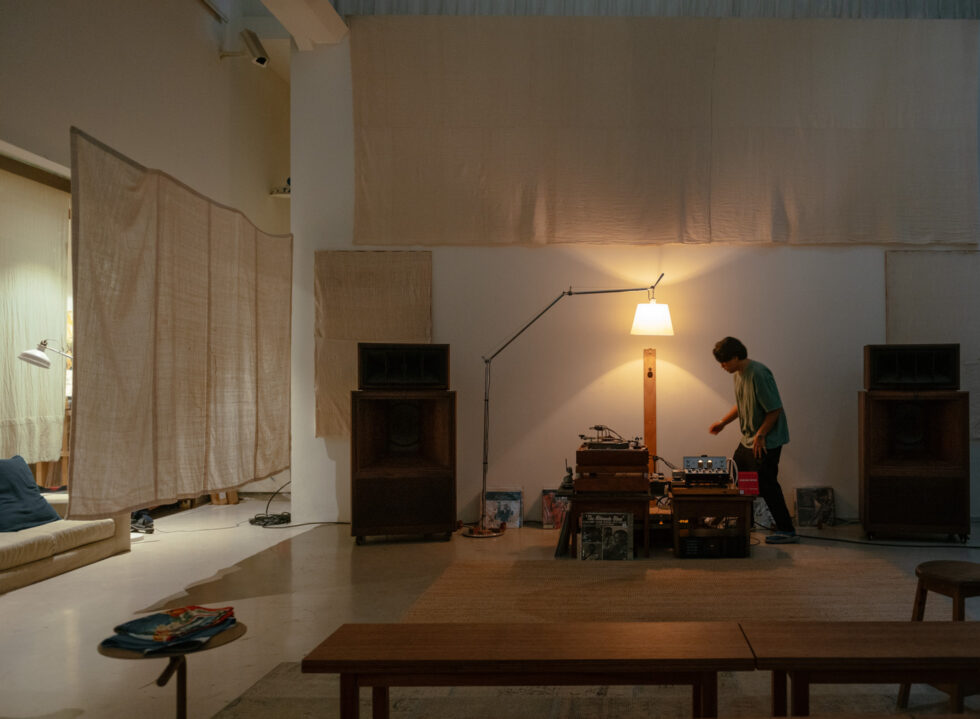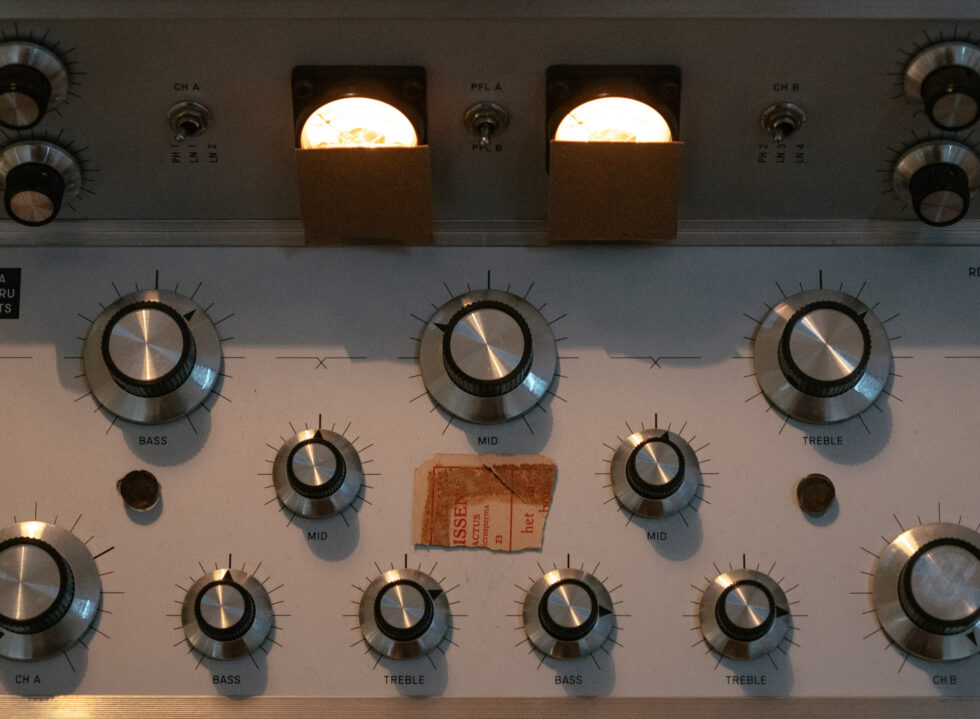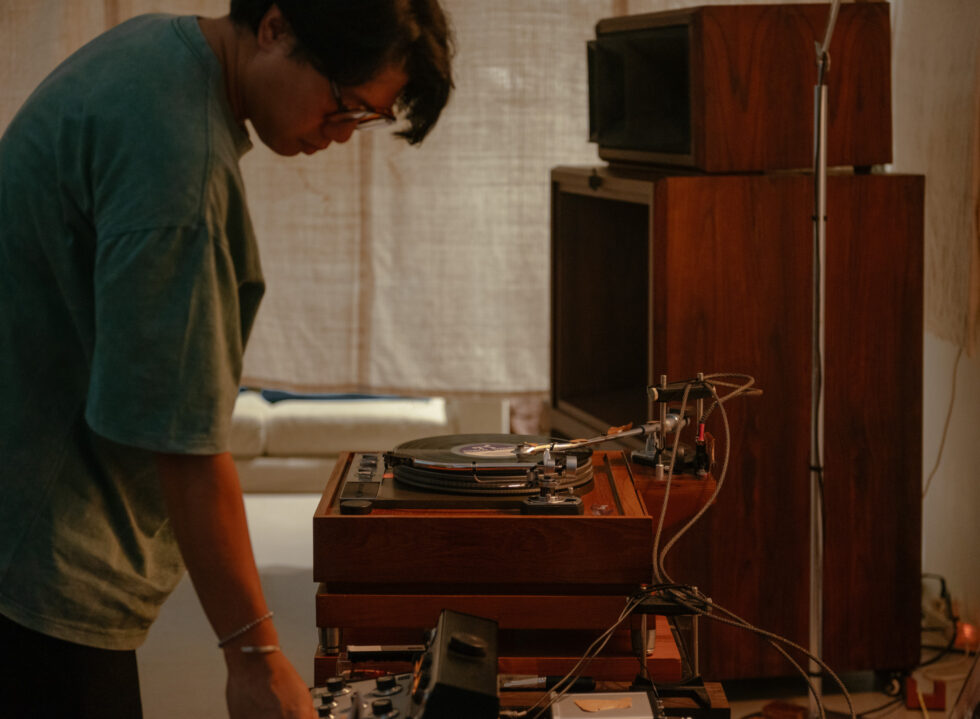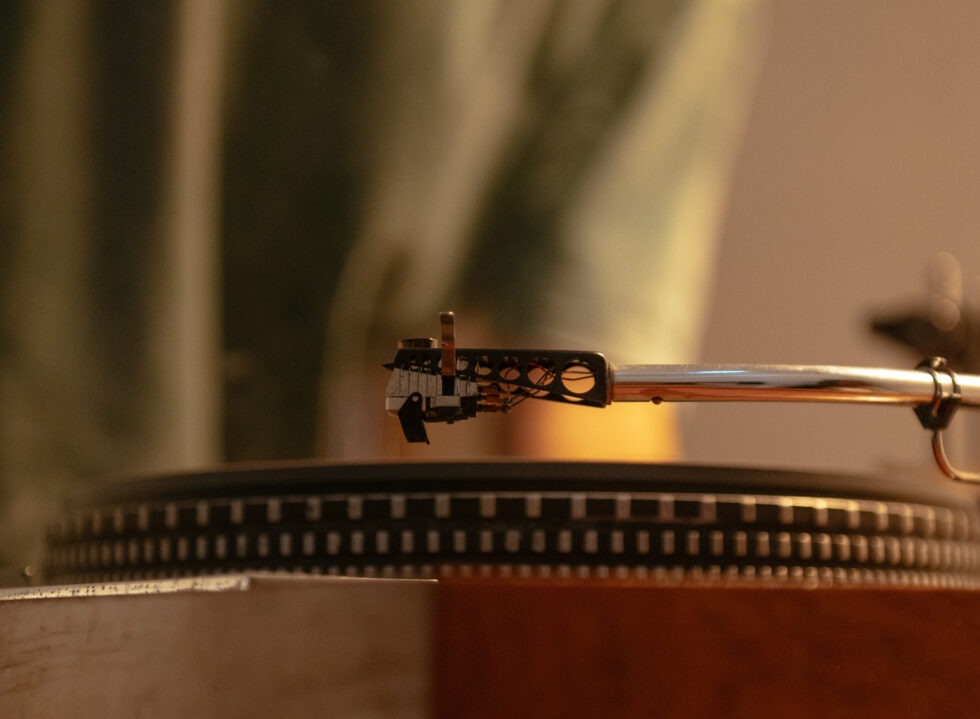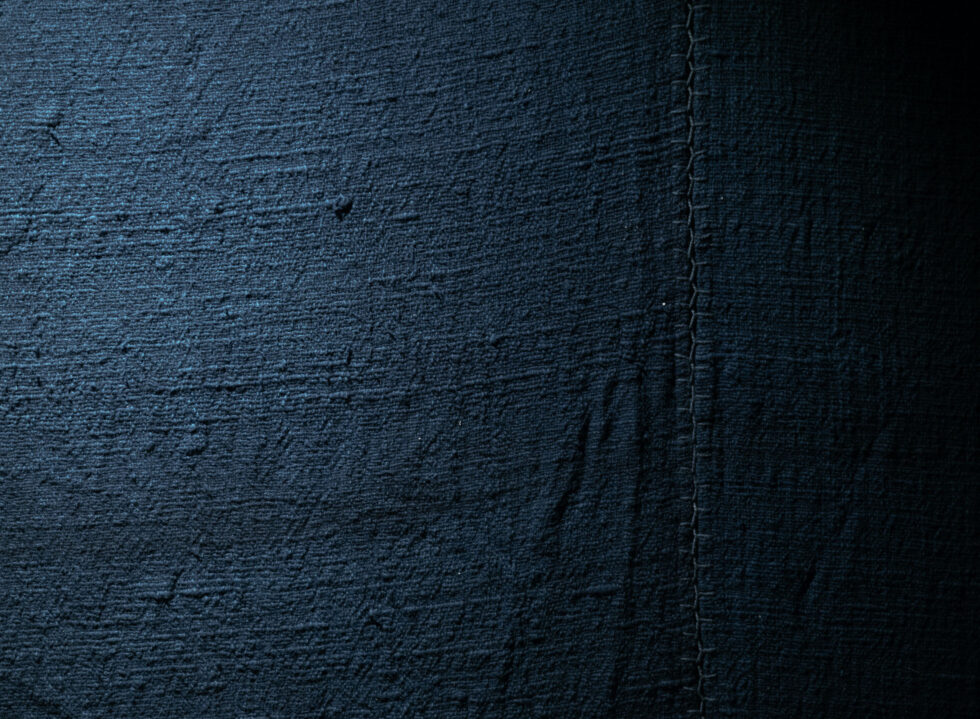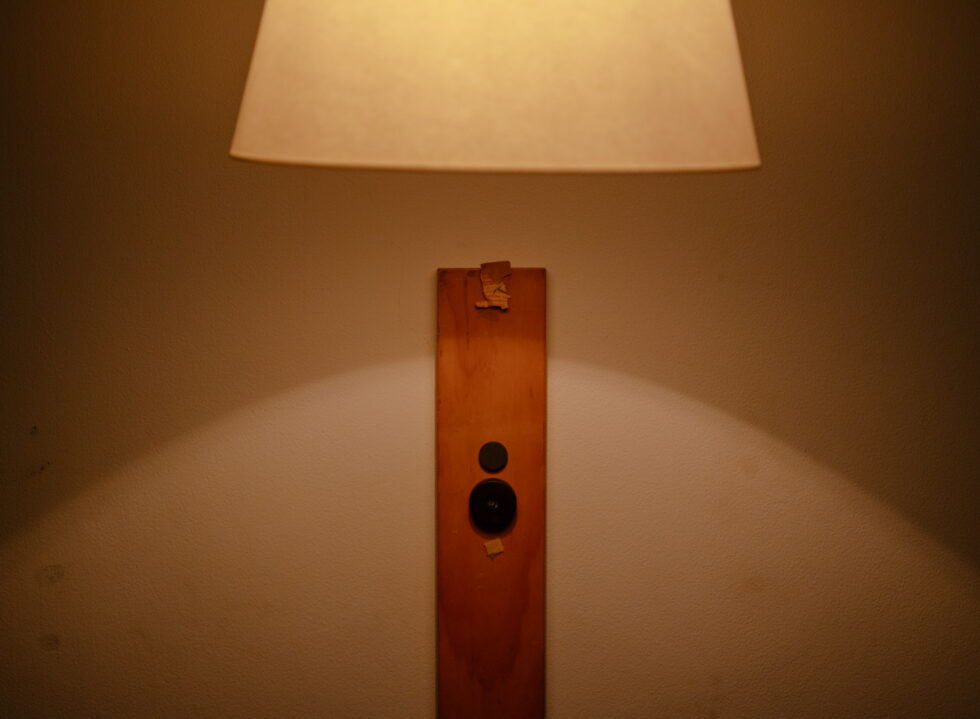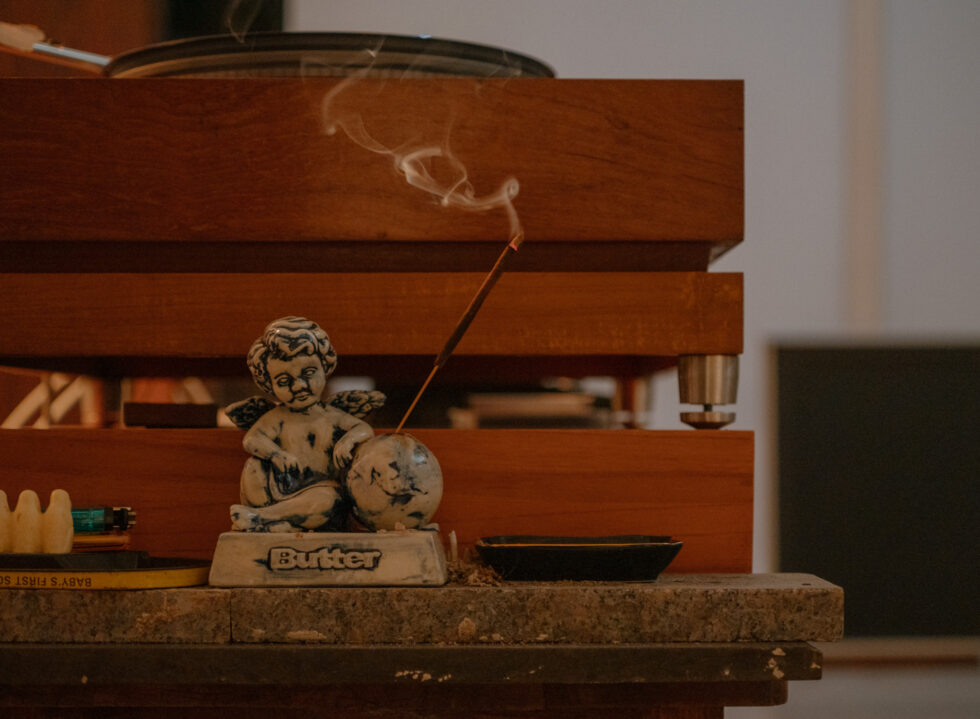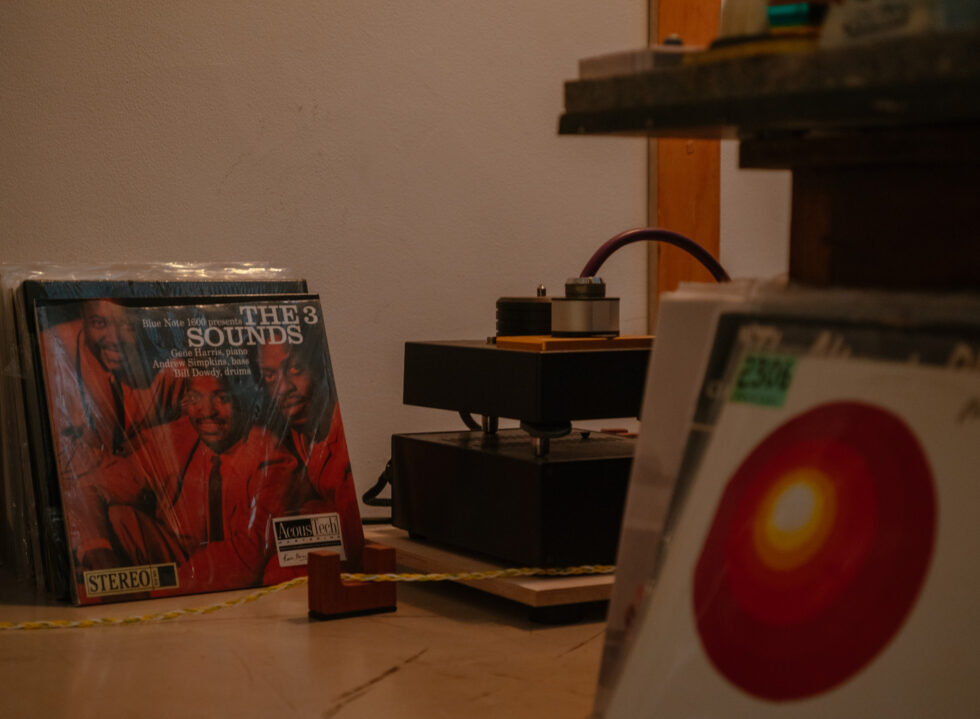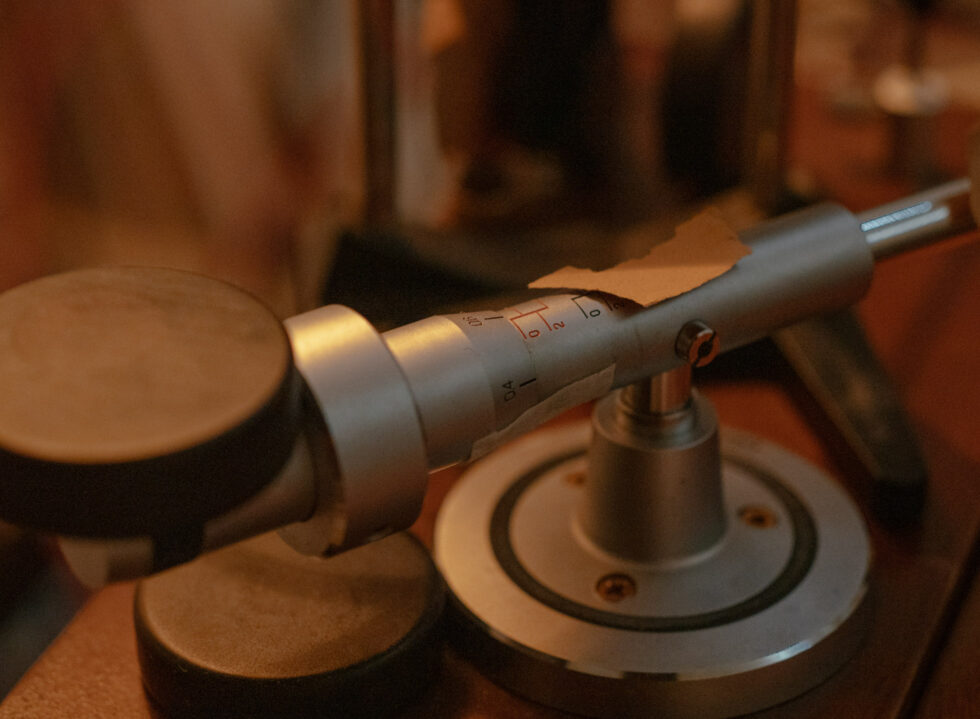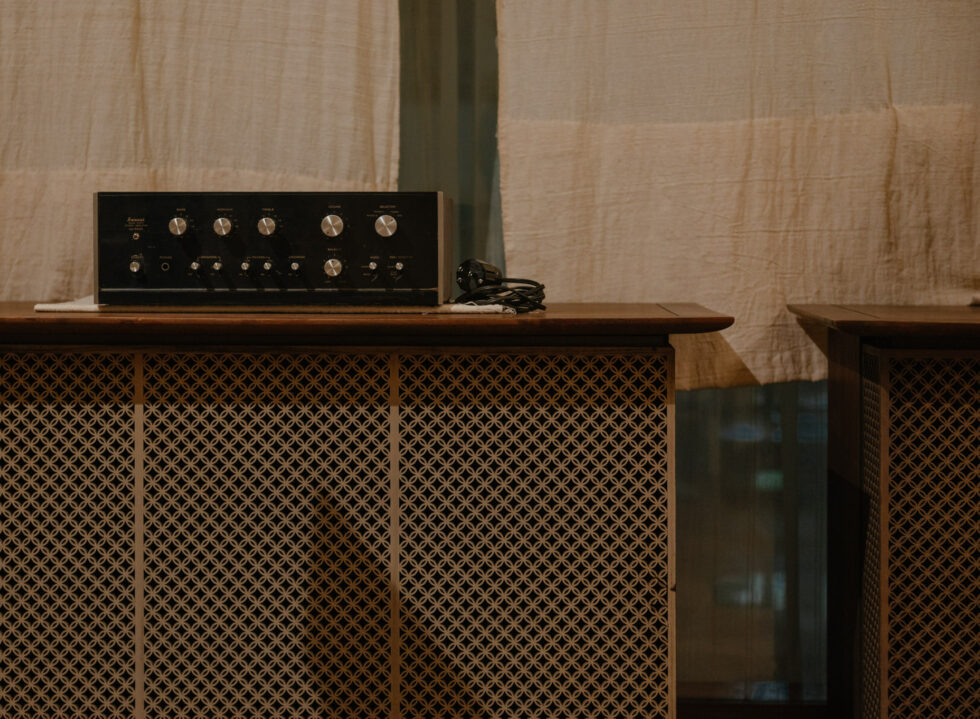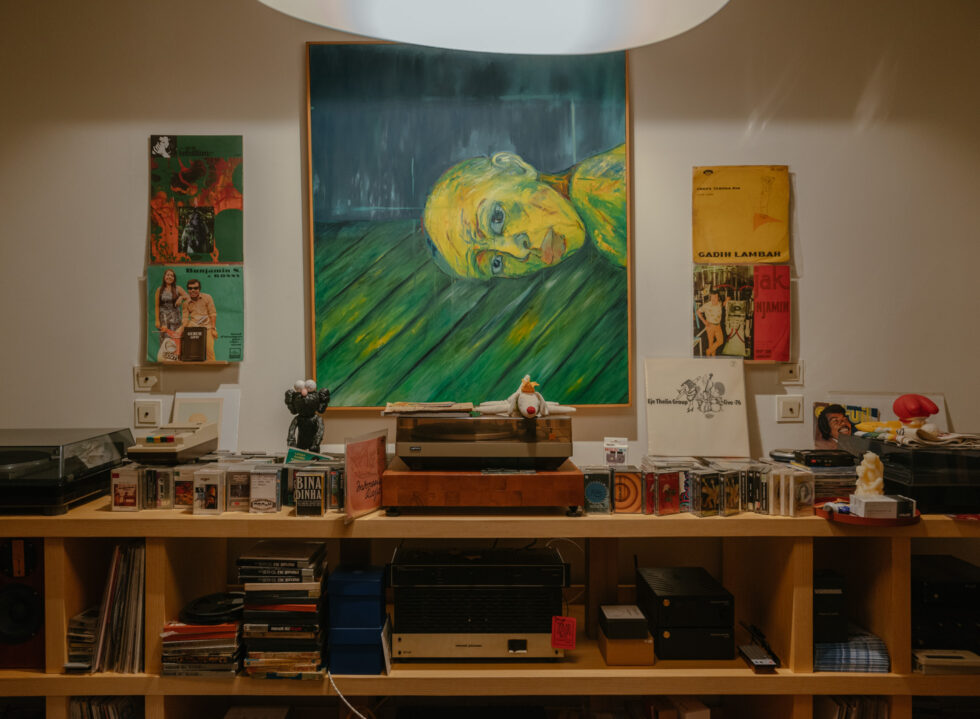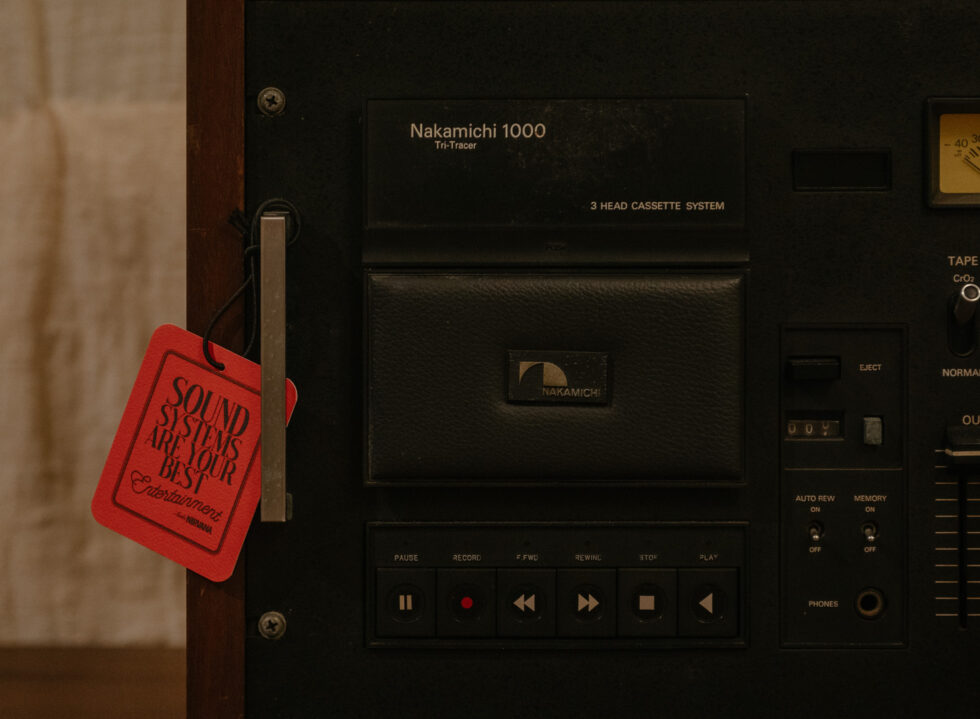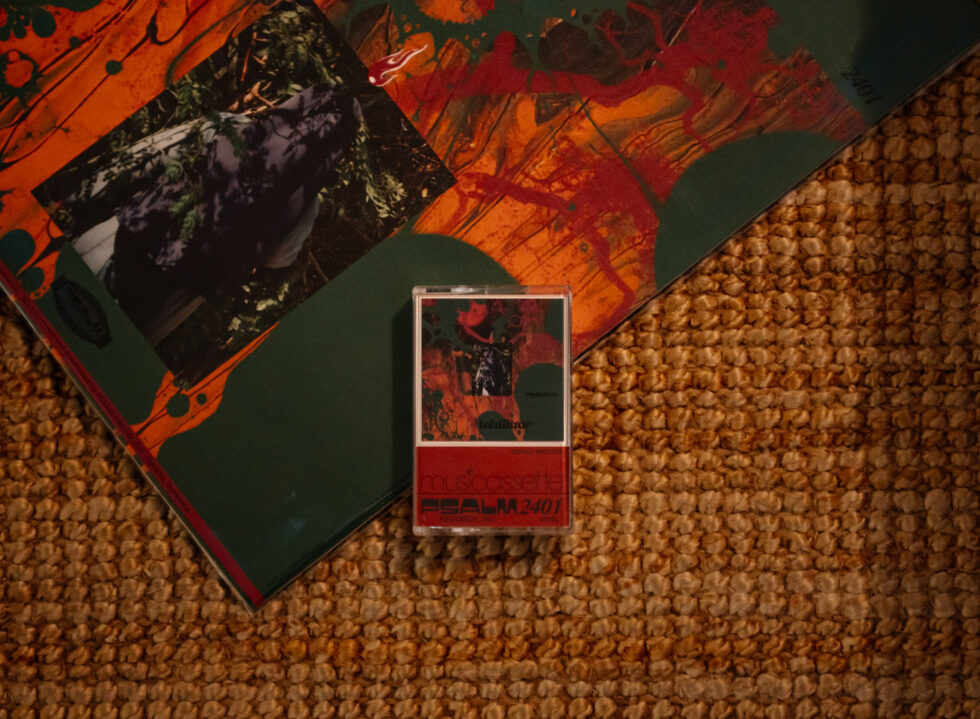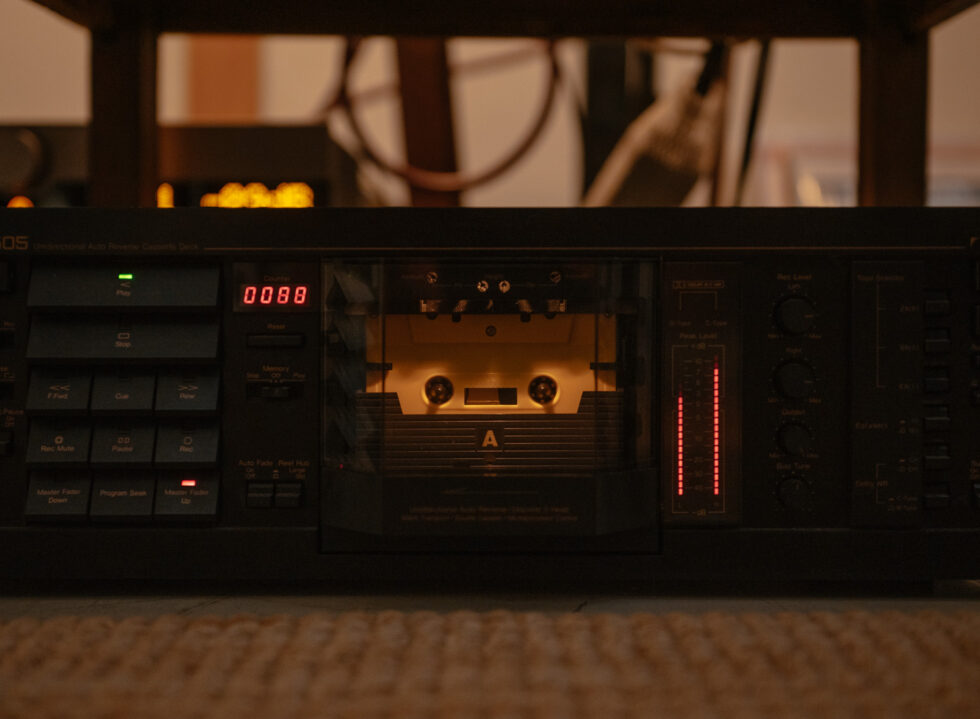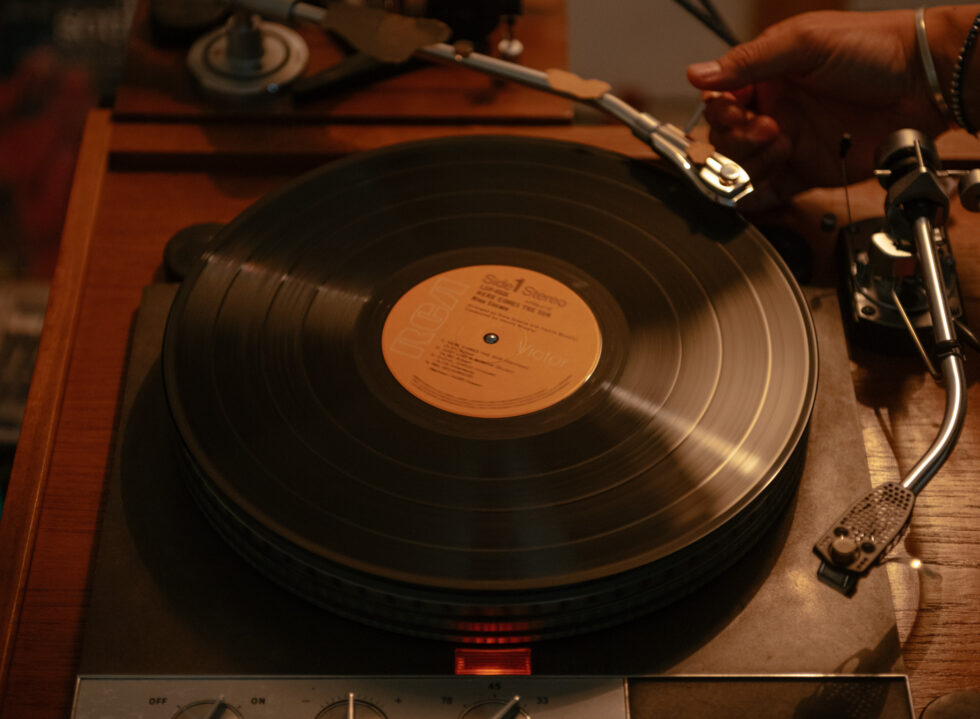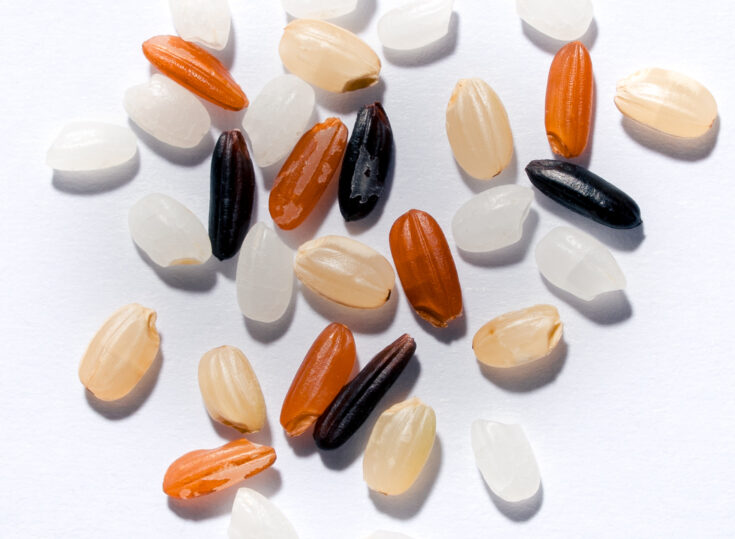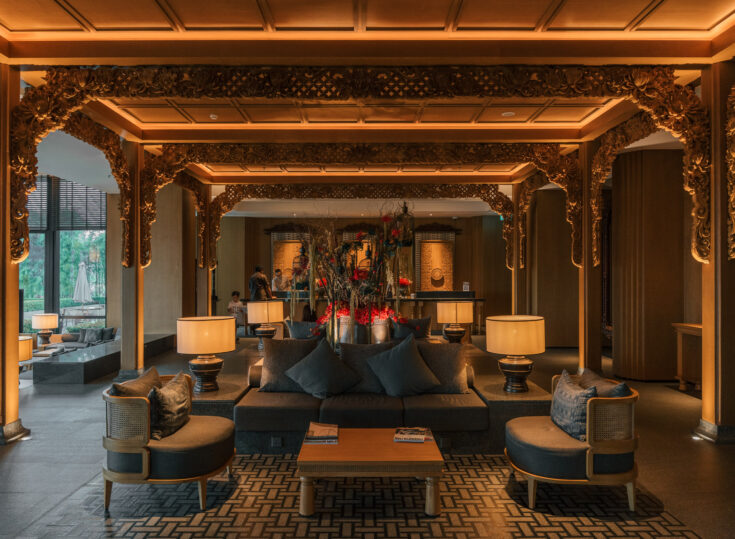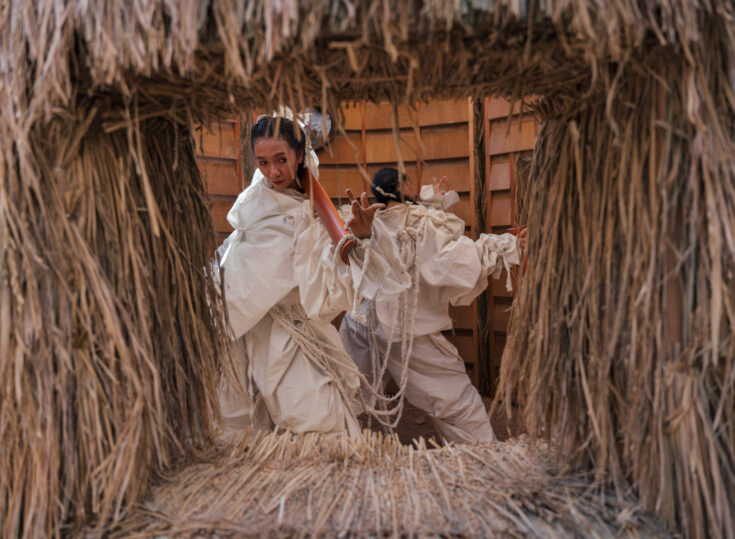Time can be a funny thing. In 2024, it’s becoming increasingly common to walk into a café in the city and find a turntable spinning a tune from the last century, perhaps featuring a jazz number by Miles Davis or the upbeat city pop tracks of Tatsuro Yamashita. Stacks of vinyl records line the shelves of these places, at once appearing like a blast from the past yet also, oddly enough, in vogue.
Similar to the 2017 listening club sensation in London and later the arrival of kissaten-inspired hi-fi bars in Los Angeles, the spread of these yesteryear sound systems across Jakarta’s lifestyle scene builds on the slow and steady resurrection of analogue music formats. It’s a global phenomenon that has seen LP records outselling CDs in the U.S. for two consecutive years by 2023, and the Japan vinyl market recording over six billion yen in value for the first time since 1989. Locally, interest in the medium has even prompted the establishment of a new vinyl pressing plant, the first one in the country to open since the closing of Lokananta record label in the ’70s.
Some attribute the revival to nostalgia, but many have also noticed an inimitable quality to the analogue sound, a natural warmth that is difficult to replicate through digital means. “[The analogue sound] is not perfect, but it possesses a soul,” mused photographer Chris Bunjamin, who founded the bespoke audio service Audio Nirvana after discovering a love for the vintage medium. Through the platform, he also encourages others to explore various analogue systems and discover different ways to experience the sound.
“I used to focus on digital music. Then in late 2020, a colleague in Melbourne gave me a cassette deck. The sound it produced left me in shock!” he excitedly recalled. “Later on I persuaded my wife to gift me a turntable for Christmas. After that, it’s mostly analogue for me.”
“It’s less about vintage or modern, but more about discovering what brings me a sense of calm while listening to music.”
Contrary to what some might believe, achieving the desired sound quality from analogue audio systems involves more than just plugging in the components and relying on their inherent vintage charm. Delving into the technical details to fine-tune the system is still essential. Chris delights in this technical aspect of the hobby, viewing it as a form of self-expression, akin to his photography.
“It’s less about vintage or modern, but more about discovering what brings me a sense of calm while listening to music. The unique and enjoyable part about [creating an audio system] is experimenting with multiple elements to find a synergy that speaks to you instead of trying to pursue perfection.”
As such, Audio Nirvana’s systems often incorporate a blend of vintage finds and newer analogue technologies. For a recent listening session at their studio in Menteng, Chris put together a new mixer by Switzerland-based Varia Instruments, a vintage Garrard 401 turntable updated with a fresh JICO MC cartridge (the component that holds the needle) and a pair of restored 1960s Altec A5 speakers that he acquired from an 87-year-old collector.
“The speakers didn’t sound like this when I bought them. It took me multiple attempts of deconstructing, regluing the modules with the help of a specialist and rewiring them all back together once more to achieve this sound quality; and now people from SUBO and RRO [Radio Rumah Oma] have told me they’re the best Altec speakers they’ve ever listened to,” he recalled with pride.
Understandably so. Despite its size, the massive speakers (which were initially designed for movie theatres) exhibited a surprising gentleness, and the sweet and sonorous timbre of Nina Simone’s vocal in her ‘Here Comes the Sun’ cover rang out with a touch of sparkle that can bring shivers down one’s spine.
“You need to know how to adjust your system and uncover the ‘soul’ within its sound.”
Beyond the electrical nitty gritty, a standout to Chris’ approach is the tweaks that come in the form of material manipulation that would affect the way the sound vibrates out of the system and throughout the room it occupies; like the curtains that hung across the studio’s walls, or pieces of old paper tacked to the centre of the mixer and the turntable’s tonearm as well as the silicone insulator tucked underneath the cable plug.
“I really love experimenting with subtle tweaks alongside my seniors [in the hobby], which is usually followed by a long listening session. Sometimes, it can be as simple as moving around the cable supports,” he shared. “You can buy $3000 speakers and still not end up with the ideal sound quality, so you need to know how to adjust your system and uncover the ‘soul’ within its sound.”
But nifty tricks like these usually don’t get the light of day, kept in secret by experts in the hobby. “Because it takes a long process to find them,” noted Chris. “That’s part of the reason why I created Audio Nirvana, to cut through the gatekeepers.”
“What we want to do here is to be the approachable and viable reference point.”
True to his words, Chris would often invite acquaintances, friends and family to the studio to explore and experience his audio set-up. Each time, he would candidly share his process, revealing adjustments and tricks that have helped him produce his desired sound from the system.
“The problem with [the vintage audio hobby], especially among the younger generation, is that a lot of people are too focused on owning the hottest audio brands instead of understanding how the equipment works as a system. What we want to do here is to be the approachable and viable reference point, who can guide these budding enthusiasts to discover their own version of audio nirvana,” shared Chris.
Watching Chris make precise adjustments to the bass, treble and build on the overall mood of the sound (often involving lighting up an incense stick or two), one can sense a similar sensitivity and sensibility at work that he acquired and fostered through his years as a photographer.
The idea of ‘soul’ frequently emerged in Chris’ description of his ideal sound, but how does one pinpoint such an elusive notion? For Chris, it lies in the exact moment “when you lower the needle, and the sound immediately envelops you with a desire to cry, that’s when you know you have found it. The soul—that’s what it’s all about.”
